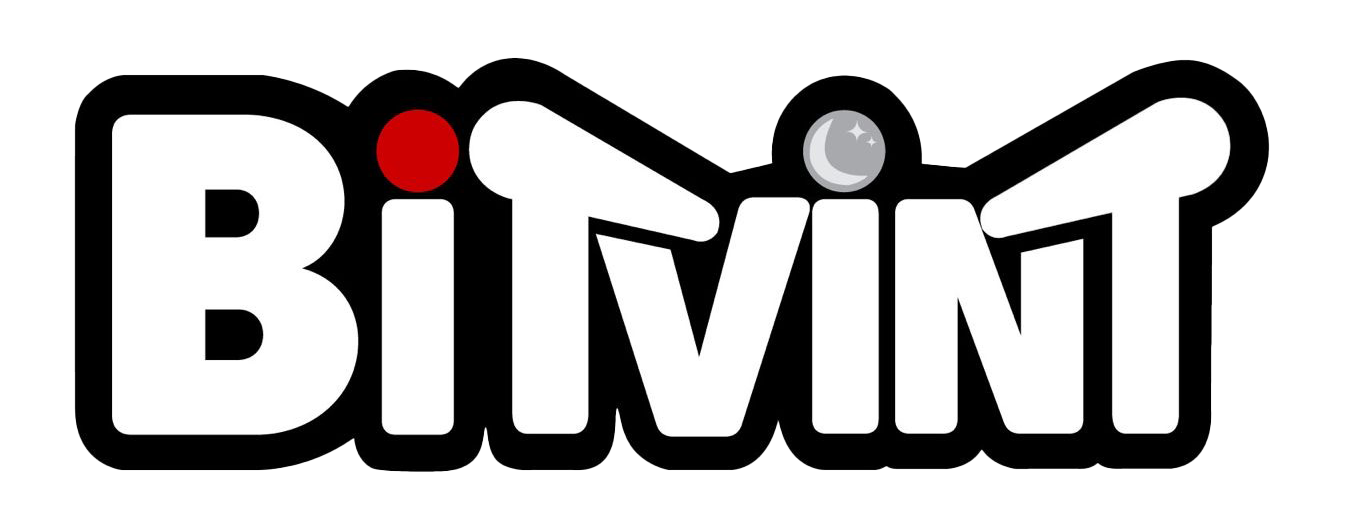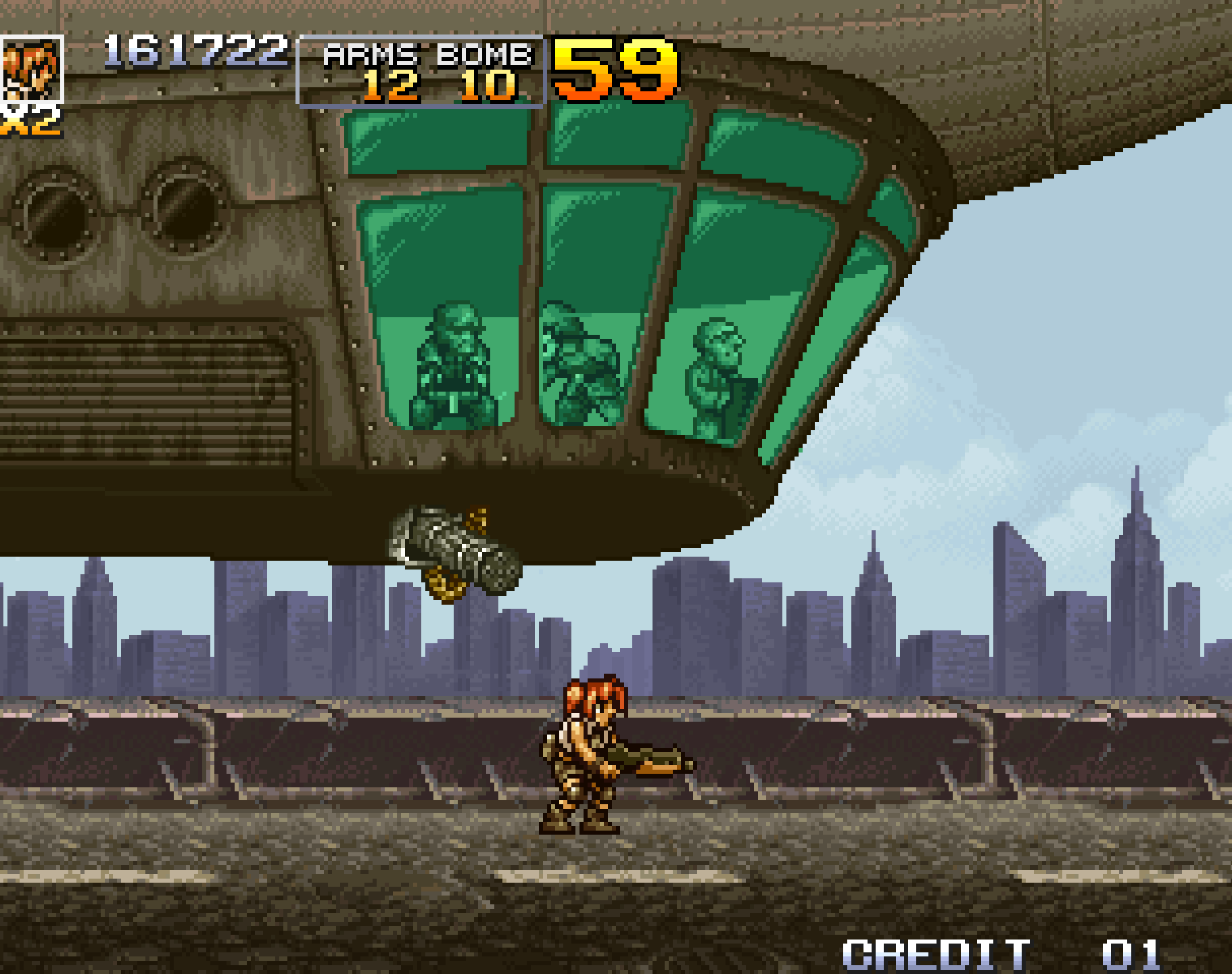Introduction
Released in 2002, Metal Slug 4 marked a turning point in the franchise, being the first entry developed without SNK’s direct involvement after their bankruptcy. Instead, Mega Enterprise and Noise Factory took the reins. While it didn’t radically reinvent the series, it delivered the classic side-scrolling mayhem fans loved—packed with new characters, a revamped scoring system, and fresh enemy designs. Though less acclaimed than its predecessors, Metal Slug 4 holds its own as a fast-paced, explosive arcade shooter.

Development and History
- Developer: Mega Enterprise / Noise Factory
- Publisher: Playmore
- Release Date: 2002
Following SNK’s collapse in 2001, Korean company Mega Enterprise stepped in to co-develop the fourth entry alongside Noise Factory, using the familiar Neo Geo MVS hardware. Despite limited resources, the new teams stuck closely to the established formula, adding modern touches like a time-based scoring combo system and new antagonists to differentiate the game from previous entries.

Gameplay Video
Gameplay and Mechanics
Core Gameplay
- Run-and-Gun Action: Traditional 2D side-scrolling stages filled with soldiers, robots, and boss machines.
- Scoring System: Introduced a combo timer mechanic—chaining kills and pickups for higher bonuses.
- Vehicles (Slugs): Includes classics like the Metal Slug tank and new additions like the Slugnoid.
- Transformation Mechanic: Return of fat transformation and new computer-virus-themed stage mechanics.
Playable Characters
Marco and Fio return, joined by newcomers:
- Trevor Spacey: A special forces soldier with balanced stats.
- Nadia Cassel: A French agent specializing in intelligence and combat.
Challenges
- Aggressive AI: Enemies and mini-bosses swarm with quick attacks.
- Stage Variety: Includes sewers, urban warzones, and cybernetic labs.
- Final Boss: A surprise cybernetic entity behind a global hacking conspiracy.

Cultural Impact and Legacy
- SNK’s Temporary Exit: First post-SNK installment, symbolizing the series’ resilience.
- Divided Reception: Praised for its tight action, but criticized for recycled assets and less inspired level design.
- Home Ports: Released on PlayStation 2, Xbox, and in later compilations.
- Leads to Metal Slug 5: Laid the groundwork for improvements seen in the next title.

Fun Facts
- Virus-Themed Enemies: Many foes are designed around data corruption and cyber warfare.
- Combo Timer Pressure: Encourages aggressive play to maintain score multipliers.
- Boss Reuse: Some mid-bosses are variants of earlier game enemies, now enhanced.
- Stage-Specific Slugs: Some vehicles only appear in a single stage.

Conclusion
Metal Slug 4 may not reach the heights of its predecessors, but it delivers dependable arcade action with fresh characters and a modern scoring twist. As a transitional entry in the franchise’s history, it stands as proof that the Metal Slug formula can survive beyond its original creators. For fans of fast gunplay and chaos-filled co-op, it’s still a blast.
Related Pages
- Metal Slug: The original 1996 title that launched the franchise with explosive tank action and classic co-op gameplay.
- Metal Slug 2: Introduced new characters, transformations, and expanded mission design.
- Metal Slug 3: The series’ most ambitious entry with branching paths, zombies, and aliens.

